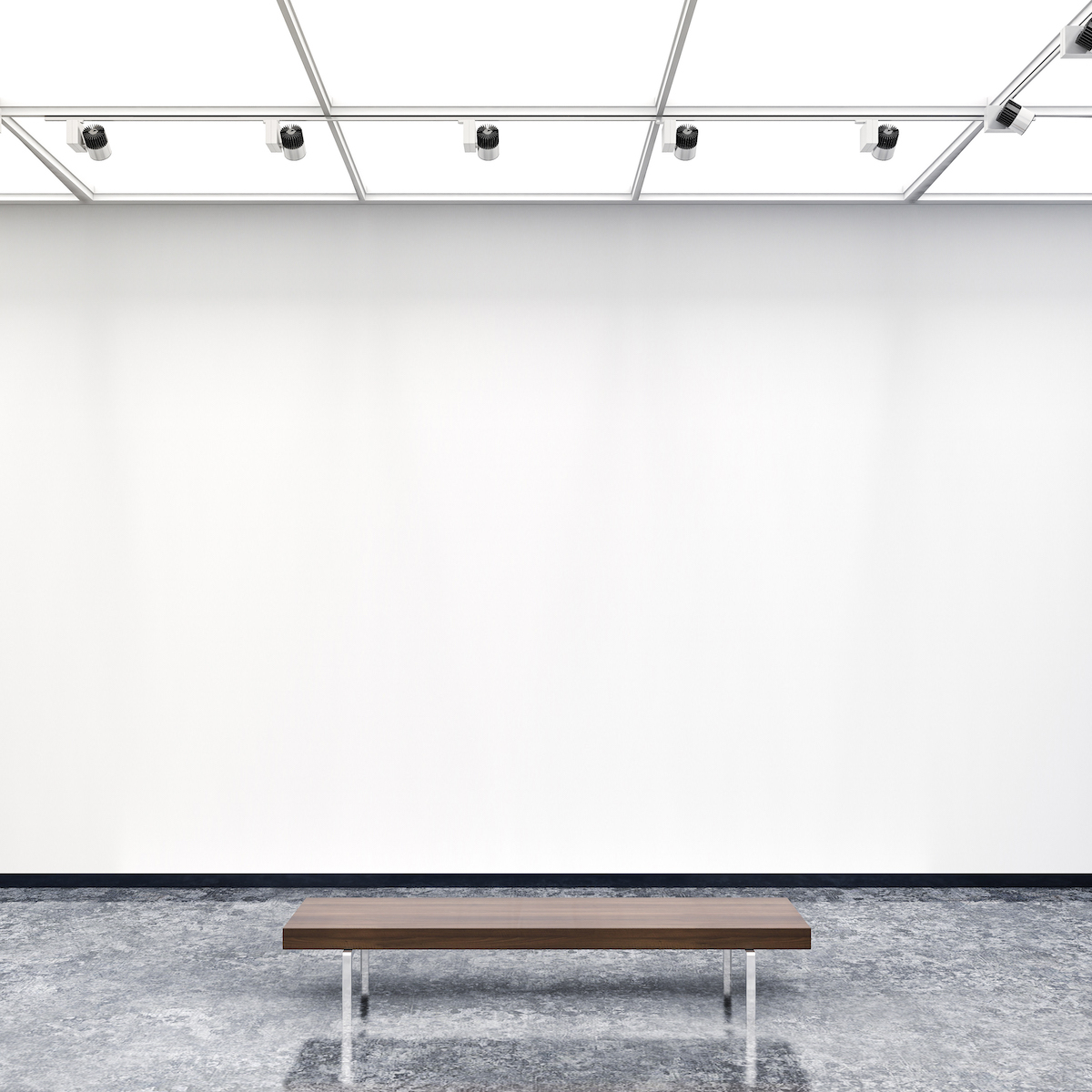"Fine-Arts"는 종이에 인쇄됩니다.
아트지에 초고품질의 안료잉크를 사용하여 초고화질로 인쇄하는 과정입니다. 보존 수준이 매우 뛰어나며(100년 이상) 품질, 깊이 및 뉘앙스의 풍부함이 Argentic 종이의 고전적인 사진 인쇄를 능가합니다.

광택 처리
섬유 종이는 탁월한 두께 외에도 산이 없는 알파 셀룰로오스 베이스로 구성되어 있으며 황산바륨으로 덮여 있으며 인쇄 시 미세 다공성 층 흡수 강화 안료가 사용됩니다. 빛에 변색되지 않는 순백색의 이 종이는 특히 저항성과 노화를 위해 설계되었습니다. 해상도가 우수하여 깊고 짙은 색상을 표현하여 전 세계 주요 박물관에서 사용하고 있습니다.
아트 프린트 "Fine Art" - 섬유 원지에 광택 마감 325g.

당사의 고급 인쇄물 및 복제품
ArtMajeur는 유명 제지업체에서 엄선한 중성 pH, 저항성, 고품질 천연 종이만을 사용합니다!
우리의 마스터 프린터는 색상 제어 또는 그래픽 체인에 대한 존중 측면에서 끊임없는 관심을 기울입니다. 우리의 높은 수준의 품질 요구 사항은 ArtMajeur 액자 아트 인화의 주요 자산입니다.
아티스트를 위한! 당신은 예술가들이 그들의 작품에서 살 수 있도록 돕습니다. 그들은 당신이 그들의 인쇄물을 살 때마다 로열티를 받습니다.
우리의 정밀한 인쇄에 대하여관련 테마
Ernst Ludwig Kirchner was born on May 6, 1880, in Aschaffenburg. He was one of the most important Expressionist artists.
He went to school for architecture in Dresden, and in 1905, he joined Die Brücke (The Bridge). During this time, Kirchner went from being an impressionist to being an expressionist. His favorite things to paint were portraits, naked people, landscapes, cityscapes, and a lot of different things. He didn't do very well with his paintings in Dresden, so in 1911 he moved to Berlin. But even there, things didn't get much better for him. In 1911, Kirchner took part in an exhibition put on by Max Pechstein, with whom he later opened a painting school. The painting school did not do well either. Kirchner wrote a history of Die Brücke in 1913. This led to the end of the group.
Kirchner took his summer vacation on the island of Fehmarn, where he made a lot of paintings. When the First World War started in 1914, he joined the army. He had to leave for mental health reasons and had to take medicine. Even though he had been in the war and was sick, he made large works of art in a sanatorium. In 1917, when he was paralyzed and living in Switzerland, his wife Erna Schilling sold his art in Berlin.
The National Socialists got rid of his works of art in 1937. More than 600 were sold or thrown away. On June 15, 1938, a year later, the painter killed himself.
-
국적:
독일

- 생년월일 : 알 수 없는 날짜
- 예술적 영역: 갤러리 대표,
- 여러 떼: 현대 독일 예술가 갤러리에서 선보이는 아티스트









